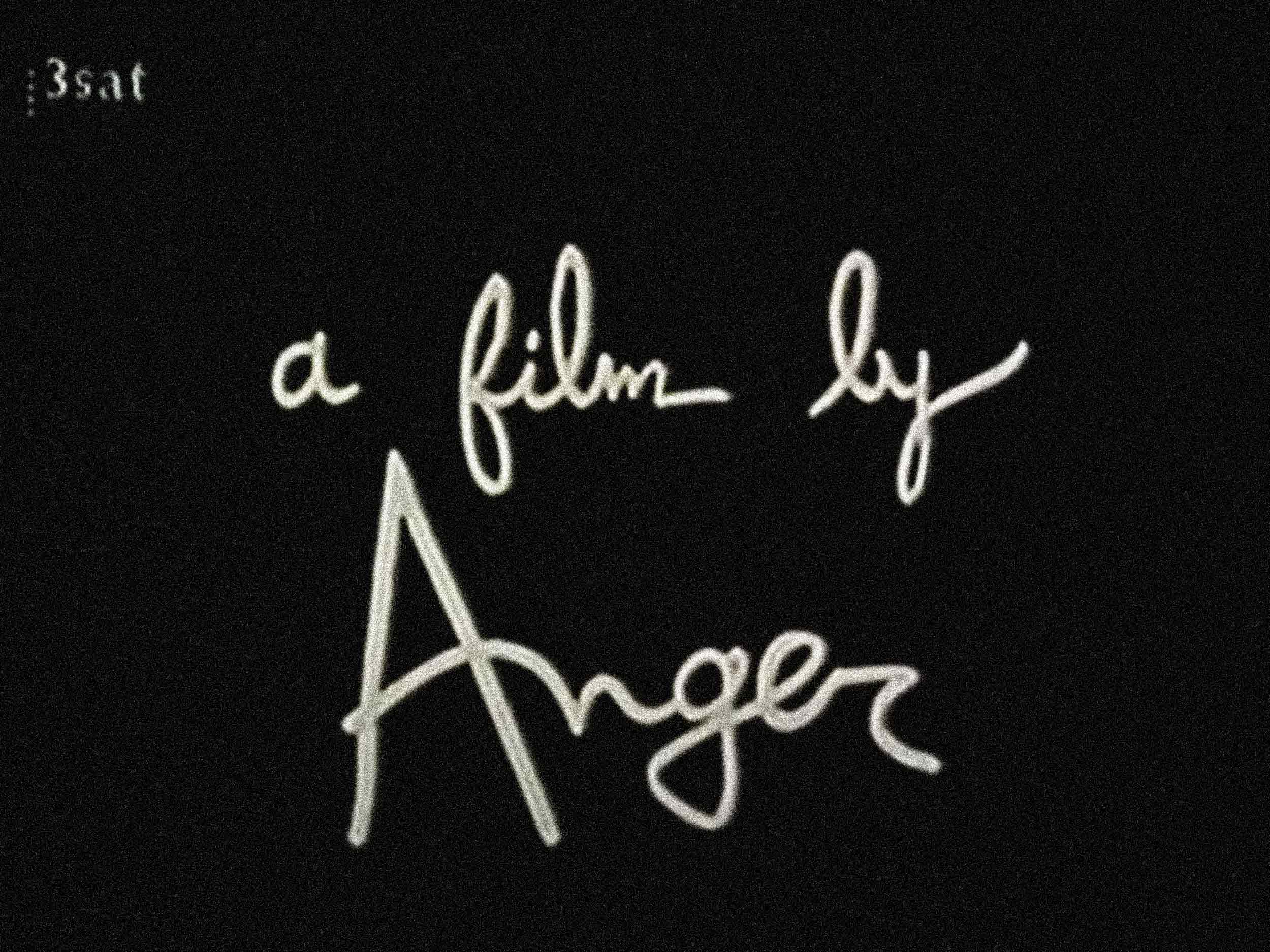The groundbreaking filmmaker and occultist believed movies were “evil” and likened his practice to the “casting of a spell”—the influence of which is imbued across modern visual culture
Agony and ecstasy intermingle as a man gasps for air, beaten bloody by a troop of muscular sailors. A glass of milk is poured over his tortured body, symbolizing something between ejaculation and purification. One of the sailors unbuttons the crotch of his pants to reveal a Roman candle, which then explodes in a flurry of sparks.
These are a few images from Kenneth Anger’s first film, Fireworks: a dreamlike psychodrama in which a gay outsider—played by an 18-year-old Anger—is subject to violent homoerotic rituals at the hands of muscular male sailors. Created at his parent’s home while they were away for the weekend, the film is widely considered to be the first gay narrative film in the US, and landed Anger in court on obscenity charges—ultimately resulting in the ruling that homosexuality is a valid subject of artistic expression, a landmark case for free speech. This is just one of the many things for which Anger, an underground filmmaker and countercultural luminary, will be remembered.
Over the course of his life, Anger produced nearly 40 experimental short films; known for merging themes of mythology, religion, and the occult with sadomasochistic imagery and pop hits, his prolific body of work has influenced the rise of music videos, MTV, and the art of the remix. Though he never created a full-length film, he’s been described as “the godfather of queer cinema”—but Anger rejected the labels of any particular faction or movement, instead blazing his own path as an artistic outsider.
“I’ve always considered movies evil. Although, of course, my definition of evil is not everybody else’s.”
A disciple of the occultist Aleister Crowley, Anger likened the making of movies to the “casting of a spell”—something he was also apt to do, having famously threatened to put a curse on ex-collaborators when their relationship went sour. But though Anger had his fair share of enemies (he famously threw paint on the front door of his nemesis, Andy Warhol), he also carried a reputation as a friend to many influential figures, from Mick Jagger to Alfred Kinsey and Church of Satan founder Anton LaVey, who he cast as a devilish priest in his film Invocation of My Demon Brother.
As his fame grew, Anger took to calling himself “the most monstrous moviemaker in the underground”—a reference to Crowley, who was labeled “the wickedest man in the world” by 1920s tabloids. But throughout his career, Anger struggled to finance his films, alternately producing a slew of experimental classics and drifting out of the public eye for years at a time. Equally controversial were his literary projects: In 1958, he attempted to fund his cinematic work by releasing Hollywood Babylon, a book in which he purported to expose the scandalous secrets of silent and golden era film stars; it was banned for 15 years in the United States, before being re-released in 1975.
Described after his death as “the id in the American pop cultural mind,” Anger will be remembered as a Hollywood non-conformist and pioneer of countercultural cinema, responsible for inspiring future generations of thinkers and makers—including Martin Scorsese, who once described his artistry as “inevitable in the same way that images of the Virgin in Renaissance painting seem inevitable.” Said Anger of his own work, “I’ve always considered movies evil. Although, of course, my definition of evil is not everybody else’s.”



















